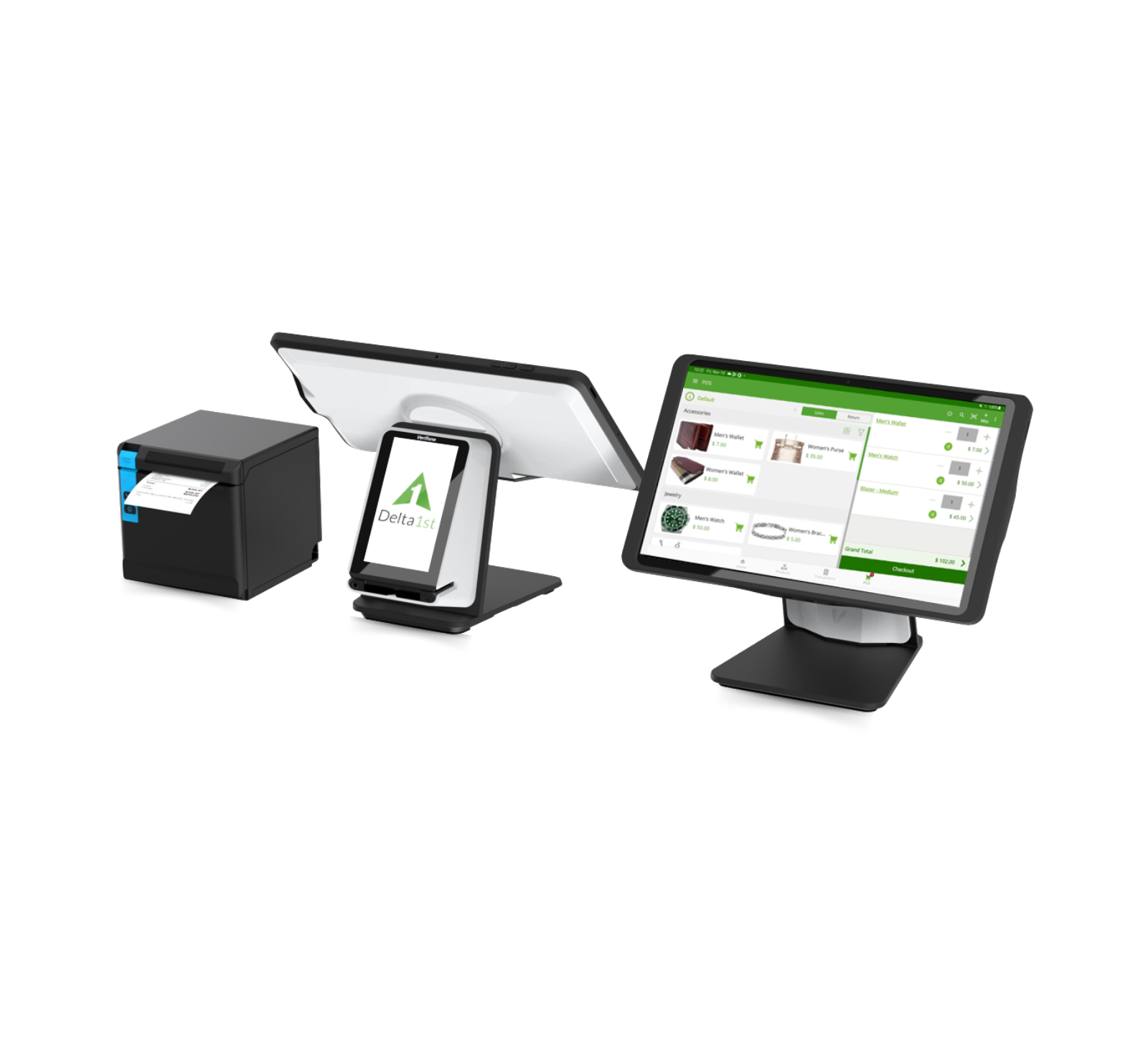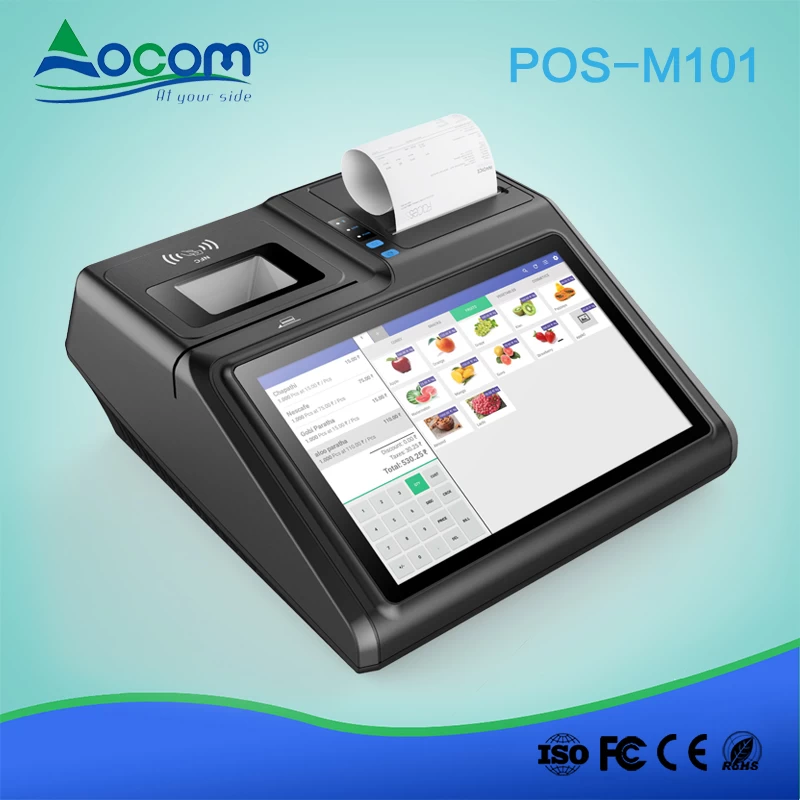Exactly How POS System Works: A Comprehensive Overview for Entrepreneur

Understanding the Components of a POS System

How Sales Deals Are Refined
When a customer determines to purchase, the sales purchase starts a series of methodical steps within the POS system. First, the cashier inputs the items being purchased, which are checked via a barcode reader or by hand entered. This action obtains item information, consisting of pricing and relevant tax obligations, from the system's database.Next, the client is presented with the overall quantity due. The POS system then refines the settlement, whether via cash, credit score card, or mobile repayment techniques (Restaurant POS Software). For electronic repayments, the POS safely interacts with repayment processors to license and validate the transaction.Once the repayment is confirmed, the system produces an invoice, which can be published or sent electronically. This receipt serves as evidence of acquisition for the consumer. Ultimately, the deal information is taped in the system, ensuring accurate sales documents and economic monitoring for the business
Stock Management and Tracking

Reliable supply management and monitoring are crucial components of a POS system, as they ensure that services maintain excellent supply levels and lessen discrepancies. A robust POS system permits real-time inventory updates, mirroring sales and returns instantly. This makes it possible for local business owner to monitor supply levels precisely, ensuring that prominent things are readily offered while preventing overstocking of less preferred products.Additionally, advanced POS systems supply attributes such as automated supply signals and reorder ideas, streamlining the procurement procedure. Barcoding and RFID innovation boost precision in tracking inventory motion, lowering human mistake. Comprehensive coverage devices provide understandings into supply turnover prices, assisting services make informed decisions regarding buying and item offerings. Eventually, effective inventory monitoring through a POS system not just enhances functional efficiency however also improves customer fulfillment by guaranteeing item accessibility.
Examining Consumer Information and Insights
Client information evaluation offers as an effective device for services making use of a POS system (Restaurant POS Software). By gathering and examining deal data, businesses can uncover valuable understandings about client actions and preferences. This evaluation enables them to identify purchasing fads, peak buying times, and popular products, thereby informing supply choices and advertising and marketing strategies.Additionally, businesses can segment their consumer base, enabling individualized advertising and marketing initiatives that provide to details demographics or acquiring practices. Recognizing customer loyalty patterns also helps in establishing targeted promotions and benefits programs.The information gleaned from a POS system can additionally reveal insights right into client comments, making it possible for services to make informed choices relating to product offerings and solution enhancements. Ultimately, leveraging consumer information properly can enhance the general purchasing experience, foster client complete satisfaction, and drive earnings development
Benefits of Applying a POS System

Frequently Asked Inquiries
What Kinds Of Businesses Can Gain From a POS System?
Numerous services take advantage of a POS system, including retailers, dining establishments, hair salons, and shopping systems. These systems simplify purchases, inventory administration, and client information, boosting operational efficiency and improving customer experience throughout varied industries.
Just how Much Does a POS System Usually Cost?
The cost of a POS system normally varies from a few hundred to a number of thousand bucks, relying on features, equipment, and software application. Companies must take into consideration continuous fees for upkeep, assistance, and deal handling when budgeting.
Can I Incorporate a POS System With Existing Software Application?
Integrating a POS system with existing software is typically viable. Several systems supply APIs or built-in compatibility functions, allowing businesses to streamline operations and boost capability by attaching numerous software application applications successfully.
What Training Is Required for Staff to Utilize a POS System?
Training for staff to make use of a POS system typically consists of understanding software program capabilities, processing transactions, managing inventory, and handling customer communications. Practical demos and hands-on session improve effectiveness and self-confidence being used the system properly.
What Occurs if the Internet Goes Down While Utilizing a POS System?
If the internet drops during POS system Visit Website use, transactions might be interrupted. Numerous systems supply offline capabilities, allowing basic procedures to proceed, but complete capability, including real-time inventory updates, will certainly be limited. A Factor of Sale (POS) system is composed of numerous essential components that function together to help with transactions and manage business procedures. Efficient stock management and tracking are essential components of a POS system, as they ensure that businesses preserve suitable supply degrees and decrease discrepancies. Consumer information evaluation serves as a powerful device for companies using a POS system. Understanding customer commitment patterns also assists in establishing targeted rewards and promotions programs.The information gleaned from a POS system can additionally expose insights into consumer feedback, allowing services to make informed decisions concerning item offerings and solution renovations. Carrying out a POS system supplies various benefits that can greatly enhance additional reading service procedures.